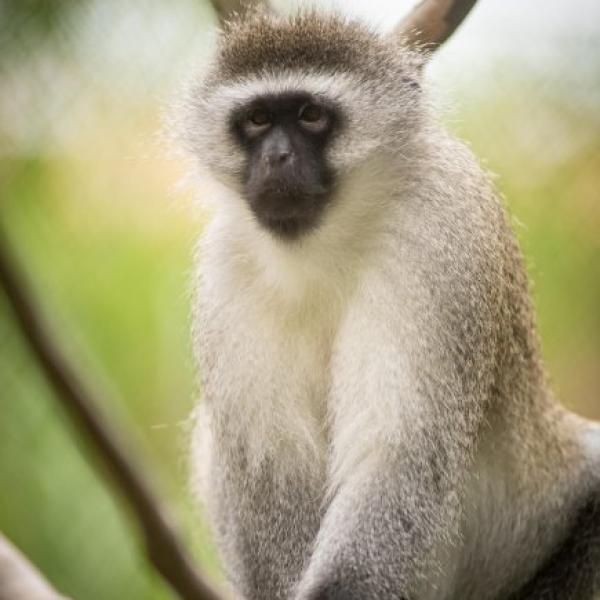Sometimes called green monkeys, vervets are named for their greenish-gray fur color. The name "vervet" is derived from the French word "vert," meaning "green."
These monkeys are very curious animals that love to explore campsites and other human settlements, which can sometimes lead to unwanted trouble.
Scientific Name: Chlorocebus pygerythrus
Conservation Status: Least Concern
Size: 11 to 26 in. long, 16 to 18 inches tall
Weight: 7 to 17 lbs.
Median Life Expectancy: Unknown









